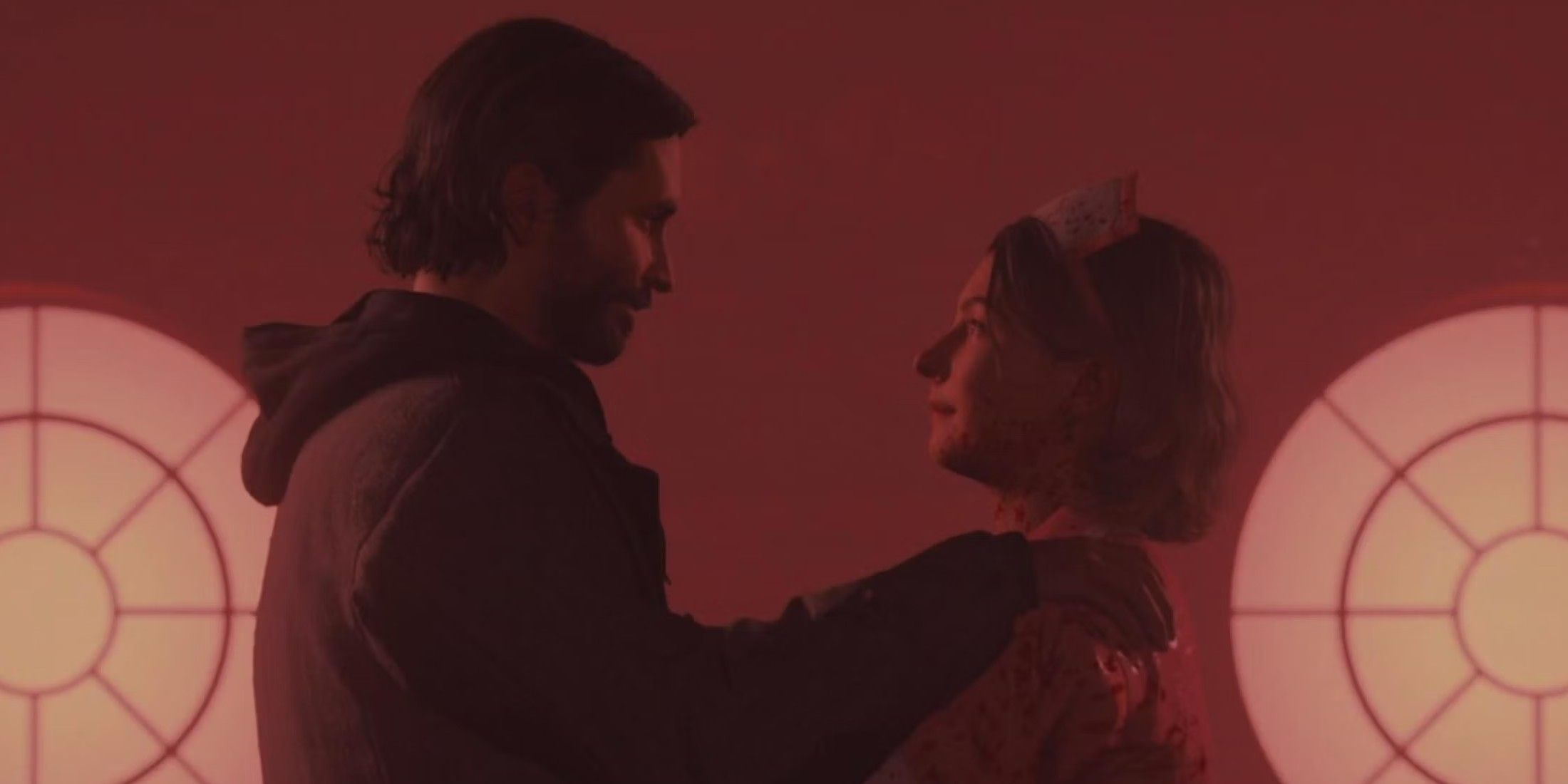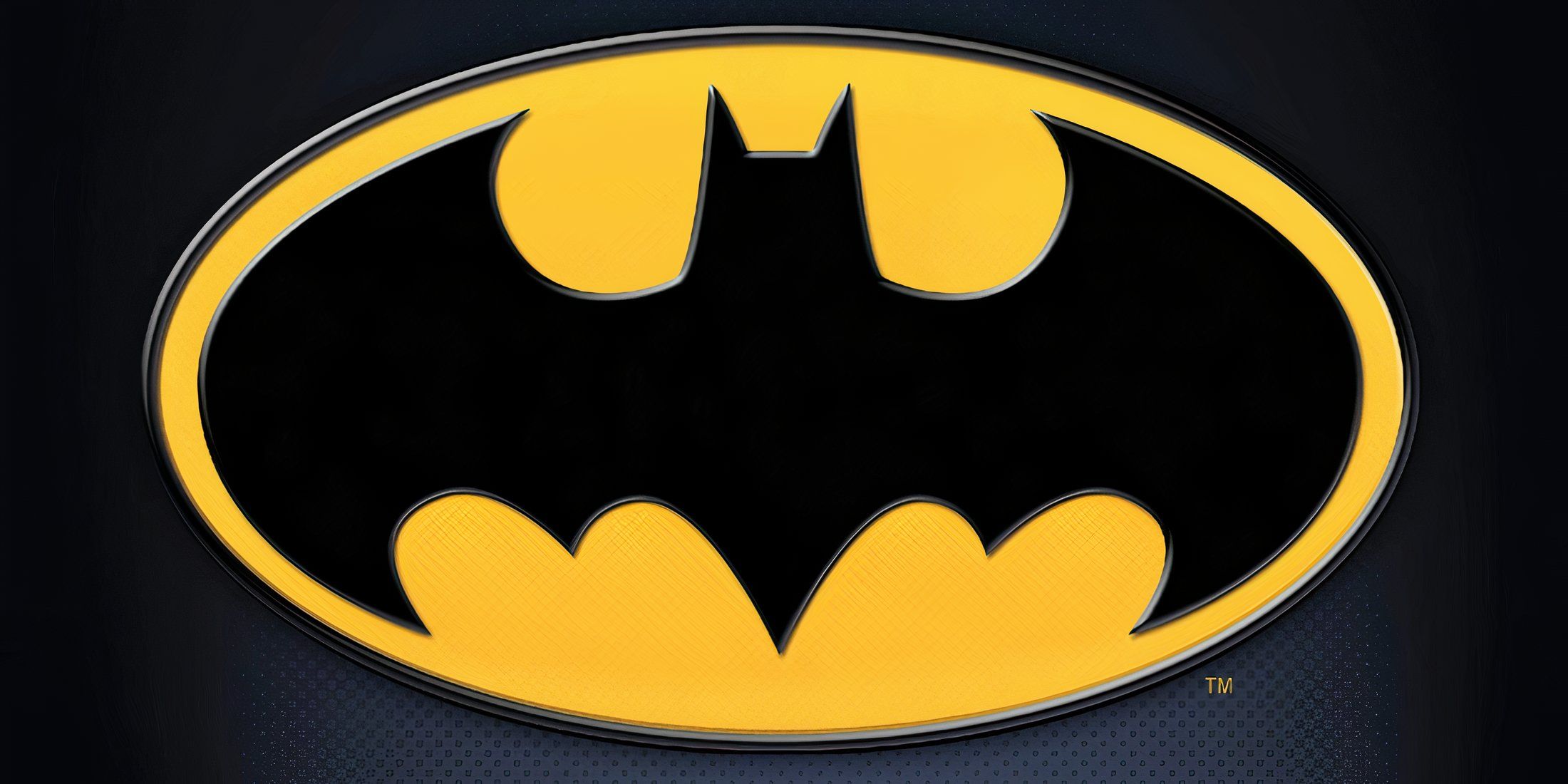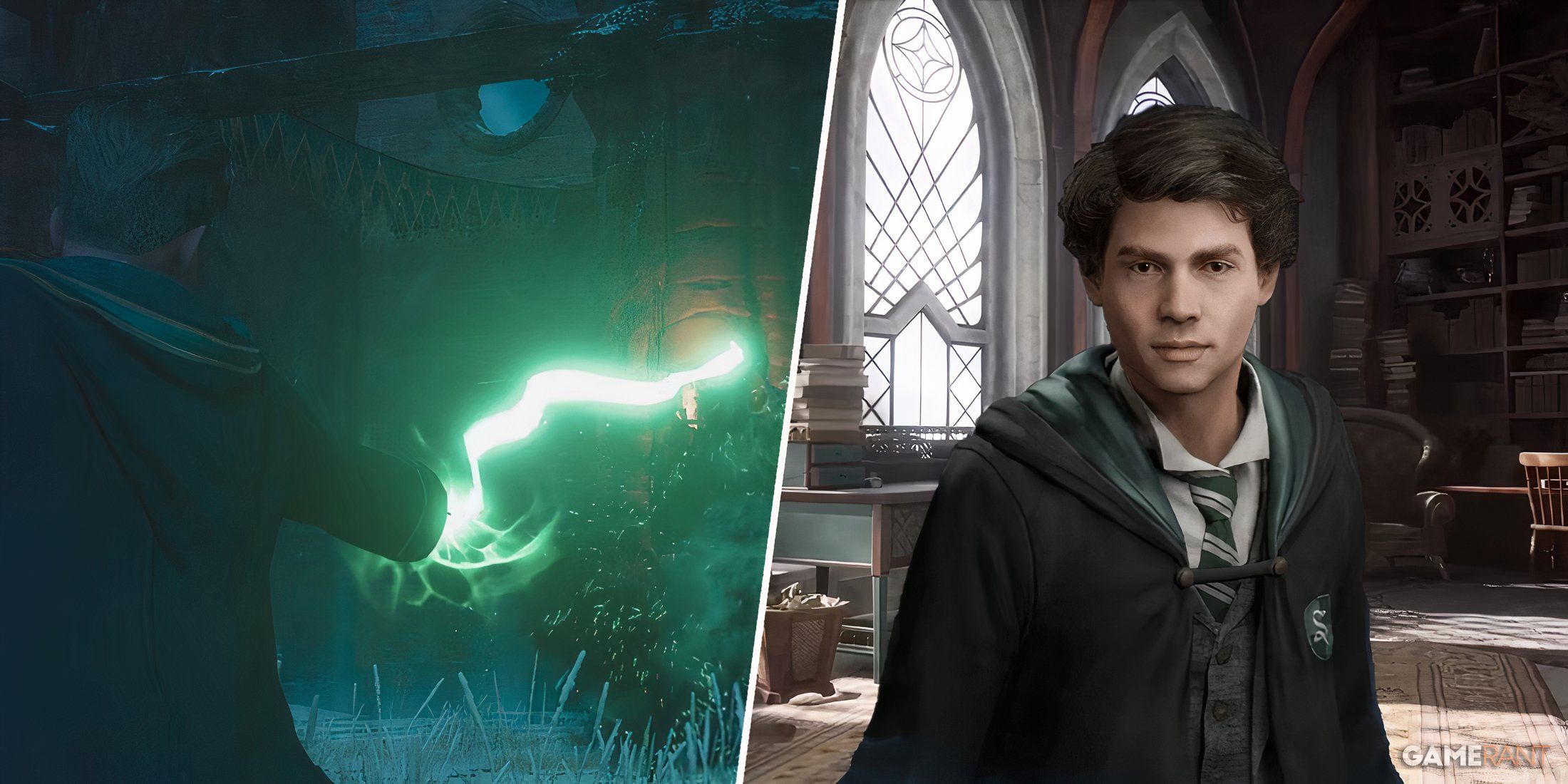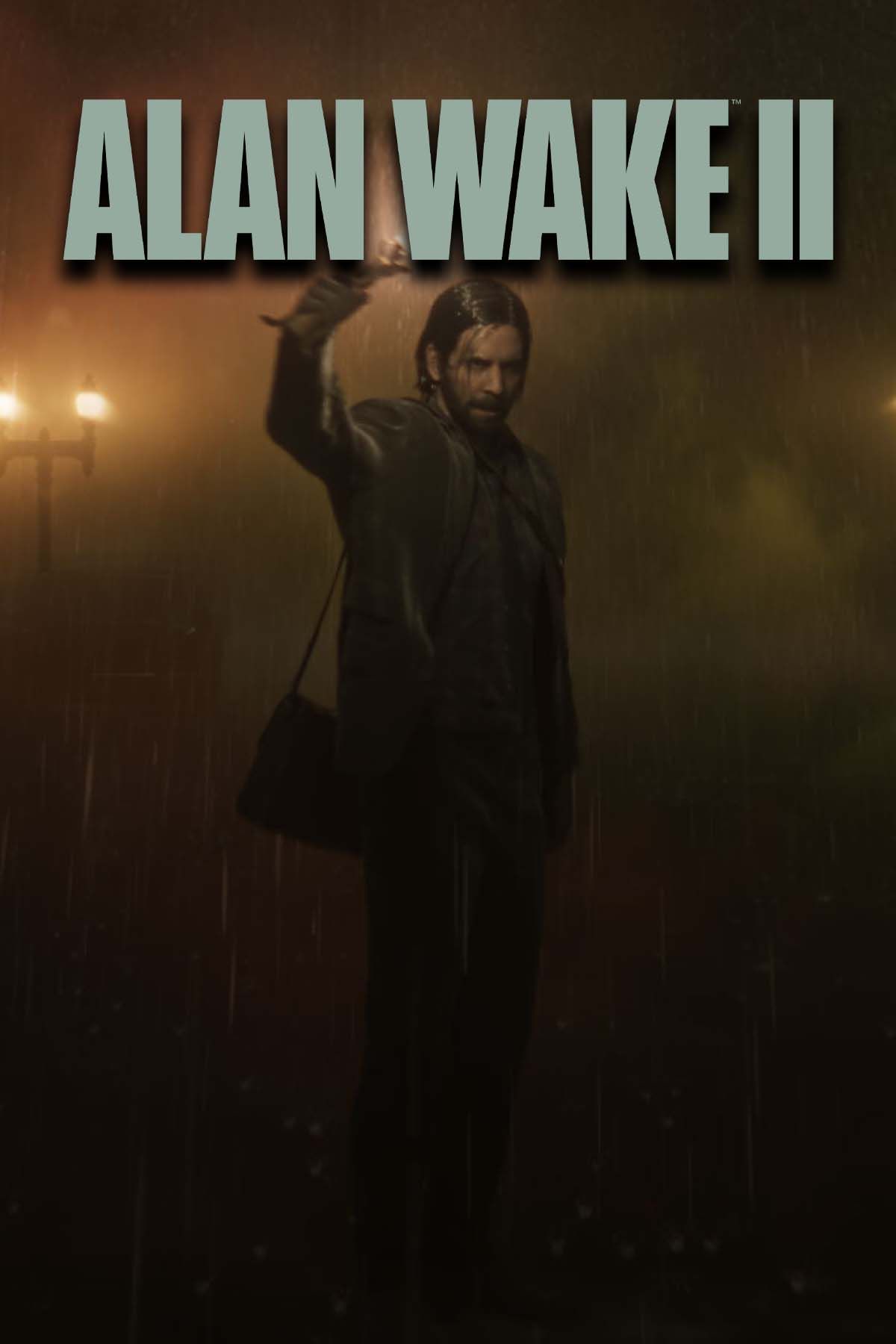Highlights
- Remedy Entertainment has always been known for pushing the boundaries of gaming through innovative gameplay mechanics and storytelling, as seen in Alan Wake 2.
- Live-action elements have been a recurring feature in Remedy's games, and while they didn't fully work in Quantum Break, they were better integrated in Control.
- Alan Wake 2 finally strikes the perfect balance between live-action and gameplay, enhancing the game's supernatural horror tone through unsettling cutscenes and jump scares.
Remedy Entertainment has always tried to push the boundaries of gaming, and it usually tries to do this via two main areas, a title's gameplay and storytelling. With regards to gameplay, Remedy has always tried to implement at least one kind of novel mechanic into the core gameplay loop, with Max Payne's bullet-time being the perfect example of this. And when it comes to storytelling, Remedy usually tries to bring in some imagery, concepts, or themes that aren't often seen too much in the video game landscape, with Alan Wake 2 having plenty of those.
In its pursuit to break the mold, Remedy Entertainment has stumbled upon a number of unique mechanics and narrative devices, but none have stuck with Remedy quite as long as live-action storytelling. For years now, Remedy has tried to implement live-action elements into its games wherever it can, usually to very mixed results, but with Alan Wake 2, it finally all comes together. Alan Wake 2's live-action sequences aren't just serviceable - they actively enhance the experience.
Remedy Has a Long History of Putting Live-Action in its Games
Quantum Break Took Things a Step Too Far
Back in 2016, Remedy launched Quantum Break, its first major project since the original Alan Wake back in 2010. In an attempt to really push the boundaries for its first proper next-gen, high-budget game, Remedy gave Quantum Break an incredibly unique video game structure. The general gameplay loop of Quantum Break would see players engage in third-person action gameplay for a chapter, and then be presented with a 30-minute live-action episode of TV. As the game progressed, players would make choices in-game that would affect the episode of live-action TV they would then watch at the end of the chapter. Though this concept is still very novel, it dragged Quantum Break's pacing to a screeching halt, and proved to be just a bit too much for many fans.
Control Offered a Good Compromise
Hearing the criticisms from Quantum Break, Remedy made the bold decision not to drop live-action altogether from its next major release, but instead rework it into the game's structure in a much more natural way. 2019's Control once again brought live-action elements to the game, but this time, it wasn't part of the core gameplay loop nearly as much. Instead, most of Control's live-action sequences are presented as in-game informative presentations, with live-action members of the Federal Bureau of Control performing demonstrations on a projector screen, which many fans agreed was much more palatable.
Alan Wake 2 Finally Uses Live-Action to Great Effect
By most accounts, Alan Wake 2 finally strikes the perfect balance of live-action and gameplay, and it finally proves that Remedy's love affair with live-action hasn't been a waste of time after all. Rather than take players out of the experience or grind the pacing to a halt, Alan Wake 2's live-action elements actually go a long way in enhancing the game's supernatural horror tone.
One of the biggest examples of this is Alan Wake 2's lengthy live-action cutscenes when Alan is in the Dark Place. Being a nightmarish, otherworldly dimension, it makes perfect sense that unsettling, oddly-toned live-action sequences would fit here. This is also the case for Alan Wake 2's jumpscares. While there are way too many in the game, these little bursts of creepy live-action imagery are usually very unsettling in a way that normal video game animation wouldn't be. Saga's Mind Place Profiling also uses live-action elements frequently, but again, it's in service to the game's tone, with players immediately getting the sense that this is an unnatural, strange ability.






